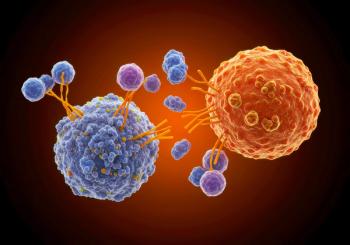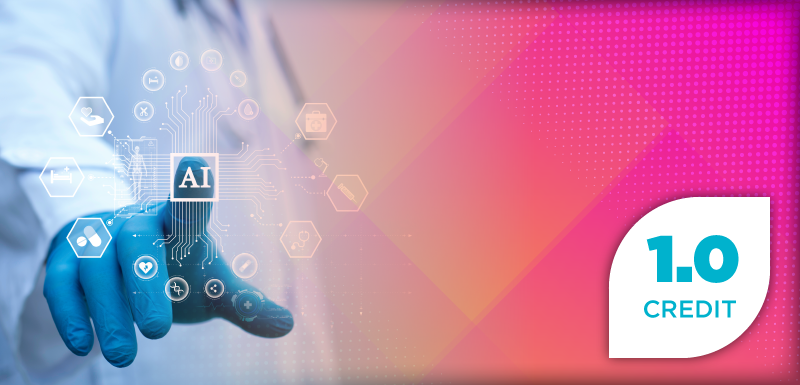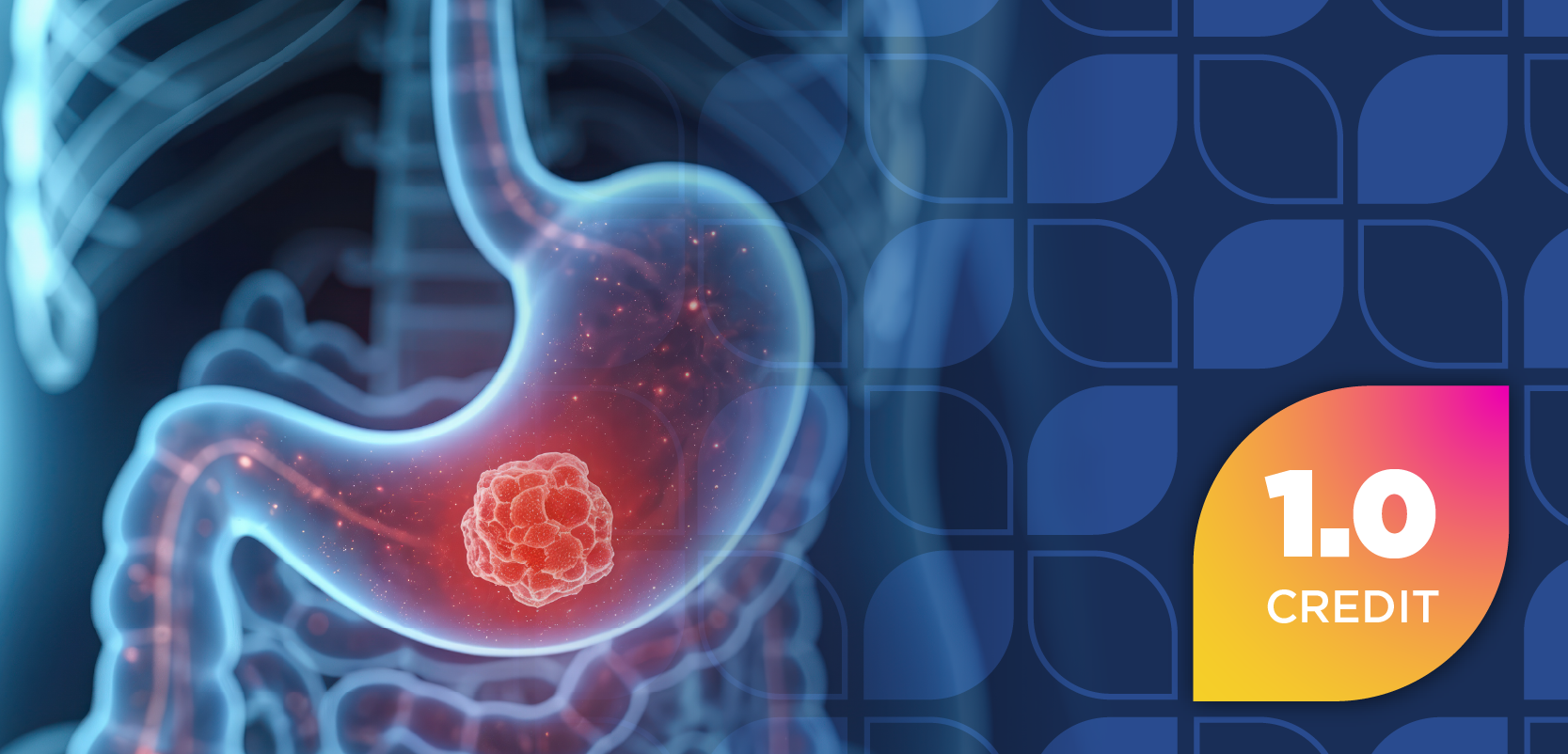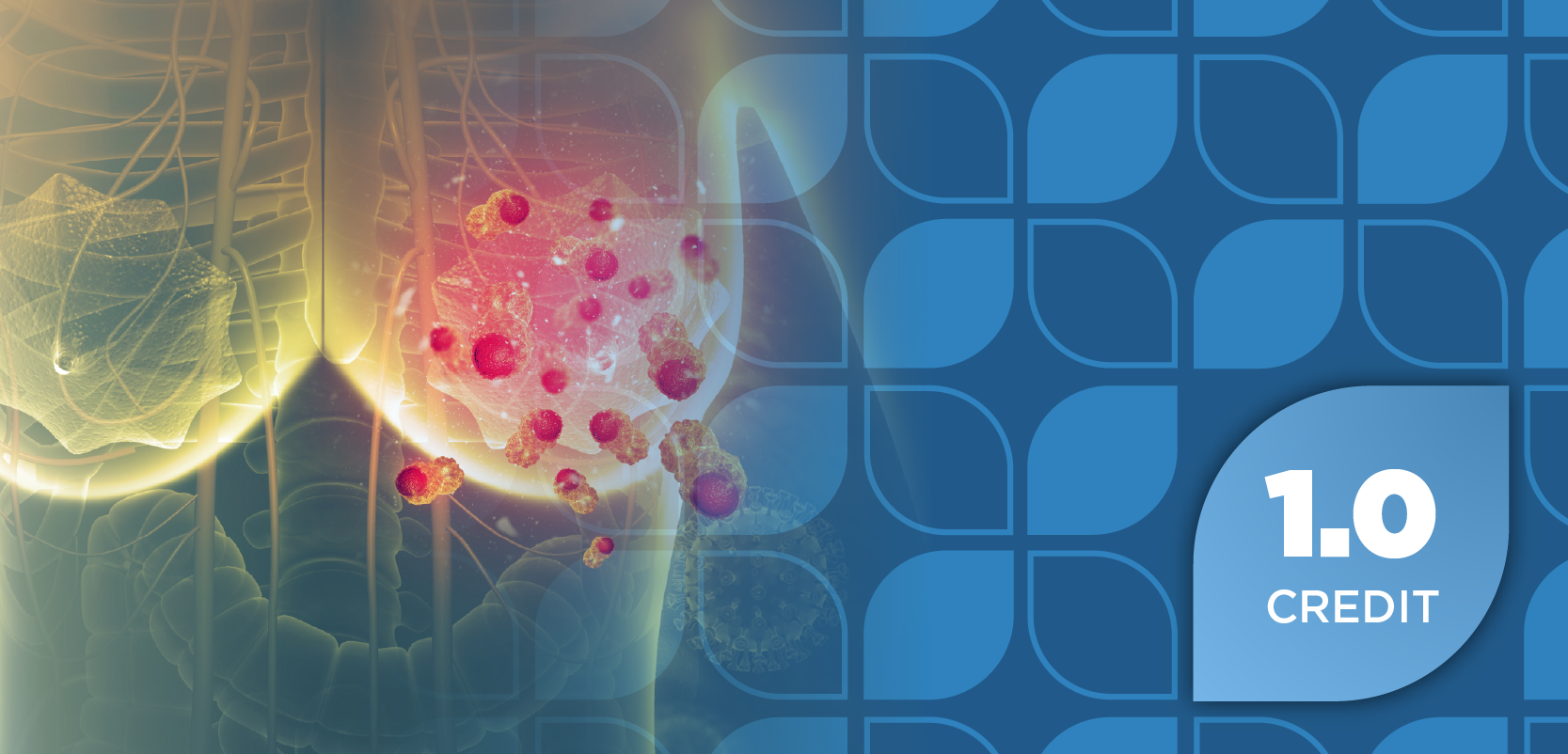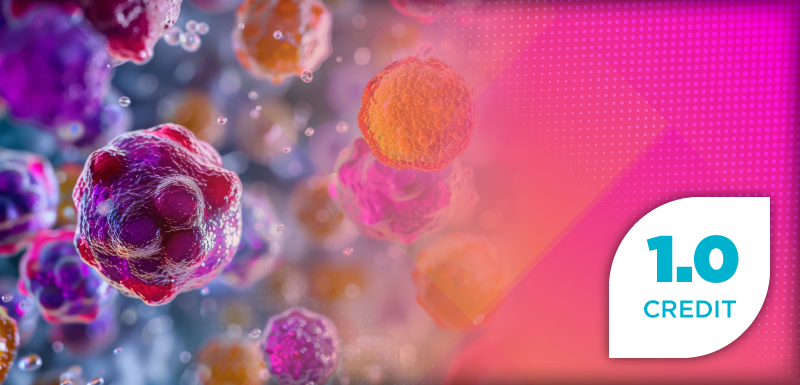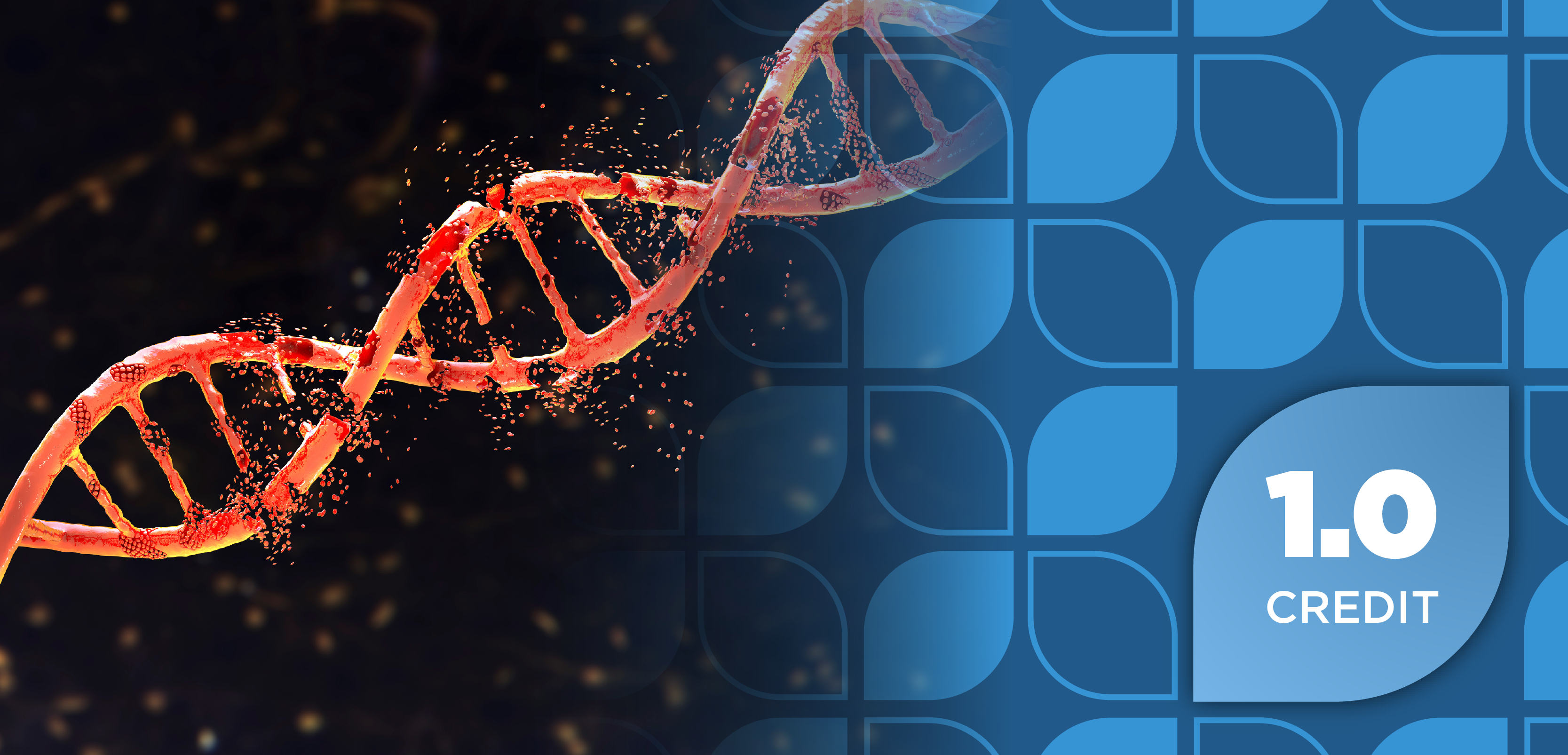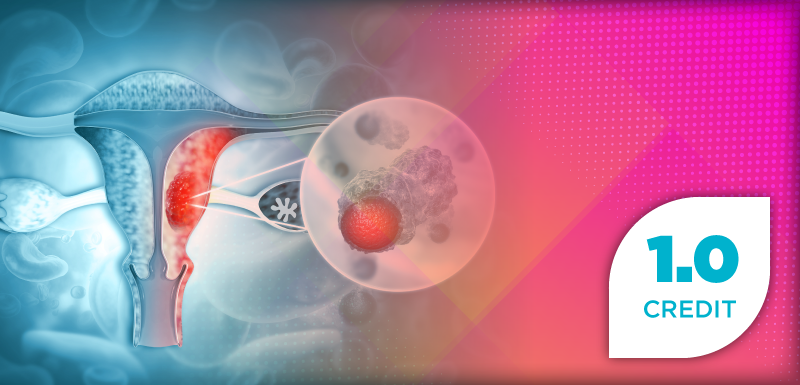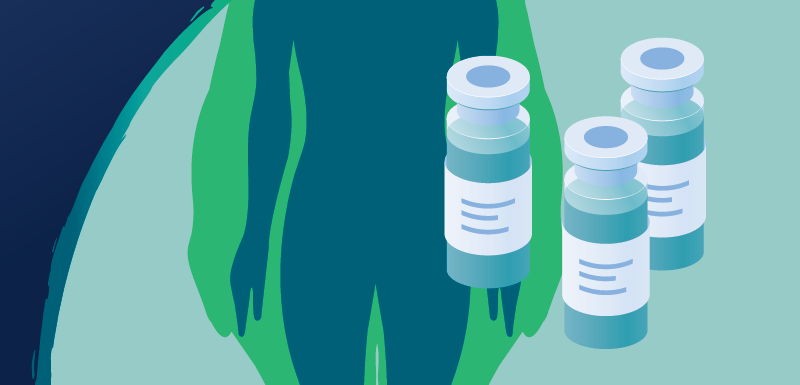The US Joint Economic Committee (JEC) estimates that the opioid epidemic cost the US nearly $1.5 trillion in 2020 alone—a 37% increase from 3 years earlier.1,2 Despite this high estimate, the economic impact of the opioid epidemic is likely underestimated due to the exclusion of productivity losses associated with overdose deaths.2 When looking at overdose deaths specifically, earlier analyses show that costs surge by almost 600% to $504 billion—based on 2015 data using value-of-life metrics—equating to approximately 2% of the nation’s gross domestic product.2 While $504 billion is numerically less than $1.5 trillion, it represents a roughly 600% increase over prior cost estimates for 2015 that had excluded mortality-related losses.2
States with the highest rates of opioid use disorder (OUD) and associated overdose deaths are searching for new and innovative strategies to complement existing pharmacological and psychosocial interventions.3 Many factors can influence the development of OUD, including psychological factors, social factors, and biological factors. As a result, therapies are often complex, with differing levels of efficacy.4 As an alternative to traditional therapies for individuals struggling with OUD, researchers have started exploring the potential use of psilocybin, a psychedelic compound classified as a Schedule I substance that naturally occurs in Psilocybe mushrooms.5-9
Traditional OUD Treatments
Traditional pharmacological approaches for treating opioid dependence—including methadone, buprenorphine, and naltrexone—work by interacting with μ-opioid receptors, helping to relieve withdrawal symptoms and cravings without inducing euphoria.6,10 With or without adequate counseling, these treatments have inconsistent efficacy and high relapse rates (40%-60%).11,12
Additionally, annual costs for these traditional treatments are high11,12:
- Methadone treatment: $6552
- Buprenorphine treatment: $5980
- Naltrexone treatment: $14,112
In West Virginia, researchers offer a compelling case study on the barriers preventing individuals who inject drugs from accessing evidence-based treatment programs.13 The West Virginia University Comprehensive Opioid Addiction Treatment program aims to address these challenges by integrating various therapeutic modalities, including medication and adjunctive support for psychosocial needs.13 This program and the ongoing crisis highlight an urgent need for alternative treatment options, particularly for individuals who have not responded to conventional therapies.5
Psilocybin for OUD
Psilocybin has garnered attention and even been given a breakthrough therapy designation by the FDA for treatment-resistant depression.14 It is also being studied for its potential therapeutic effects in treating substance use disorders (eg, alcohol, nicotine) and OUD.5,14,15
Unlike traditional pharmacotherapies, psilocybin may operate on the brain’s neurotransmitter systems and promote neuroplasticity, which could facilitate lasting changes in the behavior and thought patterns associated with addiction.5 Although research into the efficacy of psilocybin for OUD is still in its early stages, preliminary findings suggest that psilocybin may help reduce opioid cravings by agonism at serotonergic receptors, particularly 5-HT2A, and to a lesser extent, 5-HT1A; this activity has been shown to alleviate withdrawal symptoms and lower relapse rates.16
Psilocybin treatment models typically take an assisted-therapy approach, which incorporates a licensed care practitioner within a controlled therapeutic setting; clinical trials have shown this approach can enhance introspective and emotional processing for patients, improving treatment outcomes. These therapeutic sessions, in conjunction with psilocybin treatment, may enable patients to recognize underlying psychological factors, such as trauma, and comorbidity of other mental health issues that may be contributing to addiction.17
Research Gaps and Future Directions
Despite promising findings using psilocybin in OUD, several critical research gaps must be addressed before psilocybin can be widely adopted as a treatment option; particularly, challenges remain around the efficacy of blinding in clinical trials.5,15,18 Because of this challenge, the FDA published guidance for clinical trials with psychedelic drugs on June 23, 2023, which aims to help overcome some of the challenges noted by investigators in prior trials.19 Future studies should aim to clarify optimal integration with existing pharmacological and psychosocial interventions and ensure a holistic treatment approach to maximize outcomes.5 Long-term research is also necessary to assess the sustainability of psilocybin therapy in preventing relapses and improving overall well-being in OUD.
It is also essential to evaluate the safety profile of psilocybin. Although early studies indicate a favorable safety record, high-quality randomized controlled trials are needed to confirm psilocybin’s safety for treating OUD.15,17,18 Furthermore, ethical oversight is essential in psychedelic clinical trials to ensure participant safety and prevent investigator misconduct. Recent challenges in 3,4-methylenedioxymethamphetamine clinical trials for posttraumatic stress disorder—which led to the rejection of the drug by the FDA on August 9, 2024—highlight the need for robust ethical frameworks to protect participants and maintain scientific integrity.20
Collaboration
Pharmacists have an opportunity to play a pivotal role in the advancement of addiction treatment with psilocybin-assisted therapy. Organizations such as the Psychedelic Pharmacists Association (PPA) are championing efforts to include pharmacists at the table in discussions around guideline recommendations for states and federal organizations looking at introducing psychedelic-assisted therapy programs. PPA also has materials available for pharmacists on how they can get involved in these discussions at state and federal levels, if they are interested in doing so.
As medication experts, pharmacists can contribute to the development of psychedelic medicine treatment protocols, assist with caring for patients transitioning from OUD to psilocybin therapy, and provide valuable insights into the medication management process. Psilocybin is currently available through various treatment program models in Oregon and Colorado, and New Mexico recently passed the nation’s first legislature-driven psilocybin access model (vs Oregon’s and Colorado’s ballot measures) as a part of SB 219, the Medical Psilocybin Act, which establishes the third state-legal psilocybin access system in the US.21 Additionally, 6 cities in California (Berkeley, Oakland, Santa Cruz, Arcata, San Francisco, and Eureka), 1 city in Maine (Portland), 5 cities in Michigan (Ferndale, Detroit, Hazel Park, Ann Arbor, and Ypsilanti), 1 city in Minnesota (Minneapolis), 4 cities in Washington (Seattle, Port Townsend, Olympia, and Tacoma), and 8 cities in Massachusetts (Easthampton, Somerville, Northampton, Cambridge, Amherst, Salem, Provincetown, and Medford) as well as Washington, DC, have decriminalized psilocybin.22 Decriminalization ultimately does not support legal medical access to the drug, but it does allow individuals to access the drug without criminal liability, which may result in patients using psilocybin for treatment outside medical programs and having questions for health care professionals about their treatment plans.
In addition, pharmacists can build partnerships with mental health professionals and addiction specialists to create a collaborative framework that incorporates psilocybin within a comprehensive treatment model. Such collaboration can address all facets of a patient’s recovery journey, from medication management to psychological support.
About the Authors
Craig Kimble, PharmD, MBA, MS, BCACP, TTS, is associate dean of Academic and Curricular Affairs, and an associate professor in the Department of Pharmacy Practice, Administration, and Research at Marshall University School of Pharmacy in Huntington, West Virginia.
Alberto Coustasse, MD, DrPH, MBA, MPH, is a professor of management and health care administration at the Lewis College of Business at Marshall University in South Charleston, West Virginia.
Conclusion
Exploration of psilocybin as a treatment for opioid use disorder represents a step forward in addressing the opioid epidemic. As research unfolds, evidence supporting the therapeutic efficacy and cost-effectiveness of psilocybin is likely to increase, resulting in more patients having access to this treatment and potentially lowering the overall costs associated with the opioid crisis.
Despite challenges such as federal rescheduling, incorporating psilocybin-assisted therapy into existing treatment frameworks could greatly benefit individuals in recovery from OUD. By embracing evidence-based practices, pharmacists can help shape future addiction treatment, with psilocybin potentially playing a key role in addressing the opioid crisis and reducing financial burden.
REFERENCES
The Opioid Crisis: Protecting Medicaid Members. AmeriHealth Caritas; 2019. Accessed March 15, 2025. https://www.amerihealthcaritas.com/assets/pdf/the-opioid-crisis-protecting-medicaid-members.pdf
The economic toll of the opioid crisis reached nearly $1.5 trillion in 2020. Joint Economic Committee. 2022. Accessed March 15, 2025. https://www.jec.senate.gov/public/_cache/files/67bced7f-4232-40ea-9263-f033d280c567/jec-cost-of-opioids-issue-brief.pdf
CDC reports nearly 24% decline in U.S. drug overdose deaths. News release. CDC. February 25, 2025. Accessed March 15, 2025. https://www.cdc.gov/media/releases/2025/2025-cdc-reports-decline-in-us-drug-overdose-deaths.html#:~:text=CDC%20Reports%20Nearly%2024%25%20Decline%20in%20U.S.%20Drug%20Overdose%20Deaths,-Release&text=Provisional%20data%20shows%20about%2087%2C000,month%20period%20since%20June%202020
Drugs, Brains, and Behavior: The Science of Addiction. National Institute of Drug Abuse; April 2007. Updated July 2014. Accessed March 13, 2025. https://nida.nih.gov/sites/default/files/soa_2014.pdf
Szafoni S, Gręblowski P, Grabowska K, Więckiewicz G. Unlocking the healing power of psilocybin: an overview of the role of psilocybin therapy in major depressive disorder, obsessive-compulsive disorder and substance use disorder. Front Psychiatry. 2024;15:1406888. doi:10.3389/fpsyt.2024.1406888
Cicero TJ, Ellis MS. The prescription opioid epidemic: a review of qualitative studies on the progression from initial use to abuse. Dialogues Clin Neurosci. 2017;19(3):259-269. doi:10.31887/DCNS.2017.19.3/cicero
Barocas JA, Savinkina A, Adams J, et al. Clinical impact, costs, and cost-effectiveness of hospital-based strategies for addressing the US opioid epidemic: a modeling study. Lancet Public Health. 2022;7(1):e56-e64. doi:10.1016/S2468-2667(21)00248-6
Nutt DJ, King LA, Nichols DE. Effects of Schedule I drug laws on neuroscience research and treatment innovation. Nat Rev Neurosci. 2013;14(8):577-585. doi:10.1038/nrn3530.
Drug scheduling. US Drug Enforcement Administration. Accessed February 15, 2025. https://www.dea.gov/drug-information/drug-scheduling
Treatment of substance use disorders. CDC. April 25, 2024. Accessed March 13, 2025. https://www.cdc.gov/overdose-prevention/treatment/index.html
Treatment of opioid use disorder. CDC. August 12, 2024. Accessed March 13, 2025. https://www.cdc.gov/overdose-prevention/treatment/opioid-use-disorder.html
Nunes EV, Gordon M, Friedmann PD, et al. Relapse to opioid use disorder after inpatient treatment: protective effect of injection naltrexone. J Subst Abuse Treat. 2018;85:49-55. doi:10.1016/j.jsat.2017.04.016
Lander LR, Zheng W, Hustead JD, et al. Long-term treatment retention in West Virginia’s comprehensive opioid addiction treatment (COAT) program. J Neurol Sci. 2020;411:116712. doi:10.1016/j.jns.2020.116712
Raison CL, Sanacora G, Woolley J, et al. Single-Dose Psilocybin Treatment for Major Depressive Disorder: A Randomized Clinical Trial. JAMA. 2023;330(9):843-853. doi:10.1001/jama.2023.14530
Ghaznavi S, Bernardez LM, Stern TA. Medical uses and adverse effects of psilocybin. Prim Care Companion CNS Disord. 2024;26(3):23f03652. doi:10.4088/PCC.23f03652
Floris G, Dabrowski KR, Zanda MT, Daws SE. Psilocybin reduces heroin seeking behavior and modulates inflammatory gene expression in the nucleus accumbens and prefrontal cortex of male rats. bioRxiv. Preprint posted online June 1, 2024. doi:10.1101/2024.05.28.596205
Yerubandi A, Thomas JE, Bhuiya NMMA, Harrington C, Villa Zapata L, Caballero J. Acute adverse effects of therapeutic doses of psilocybin: a systematic review and meta-analysis. JAMA Netw Open. 2024;7(4):e245960. doi:10.1001/jamanetworkopen.2024.5960
Madden K, Flood B, Young Shing D, et al. Psilocybin for clinical indications: a scoping review. J Psychopharmacol. 2024;38(10):839-845. doi:10.1177/02698811241269751
Szafoni S, Gręblowski P, Grabowska K, Więckiewicz G. Unlocking the healing power of psilocybin: an overview of the role of psilocybin therapy in major depressive disorder, obsessive-compulsive disorder and substance use disorder. Front Psychiatry. 2024;15:1406888. doi:10.3389/fpsyt.2024.1406888
Halpern L, Hippensteele A. MDMA rejected: the story of a study participant entrenched in ethical violations. Pharmacy Times. March 12, 2025. Accessed April 16, 2025. https://www.pharmacytimes.com/view/mdma-rejected-the-story-of-a-study-participant-entrenched-in-ethical-violations-and-a-data-breach
Psychedelic Legalization & Decriminalization Tracker. Psychedelic Alpha. Accessed April 14, 2025. https://psychedelicalpha.com/data/psychedelic-laws


